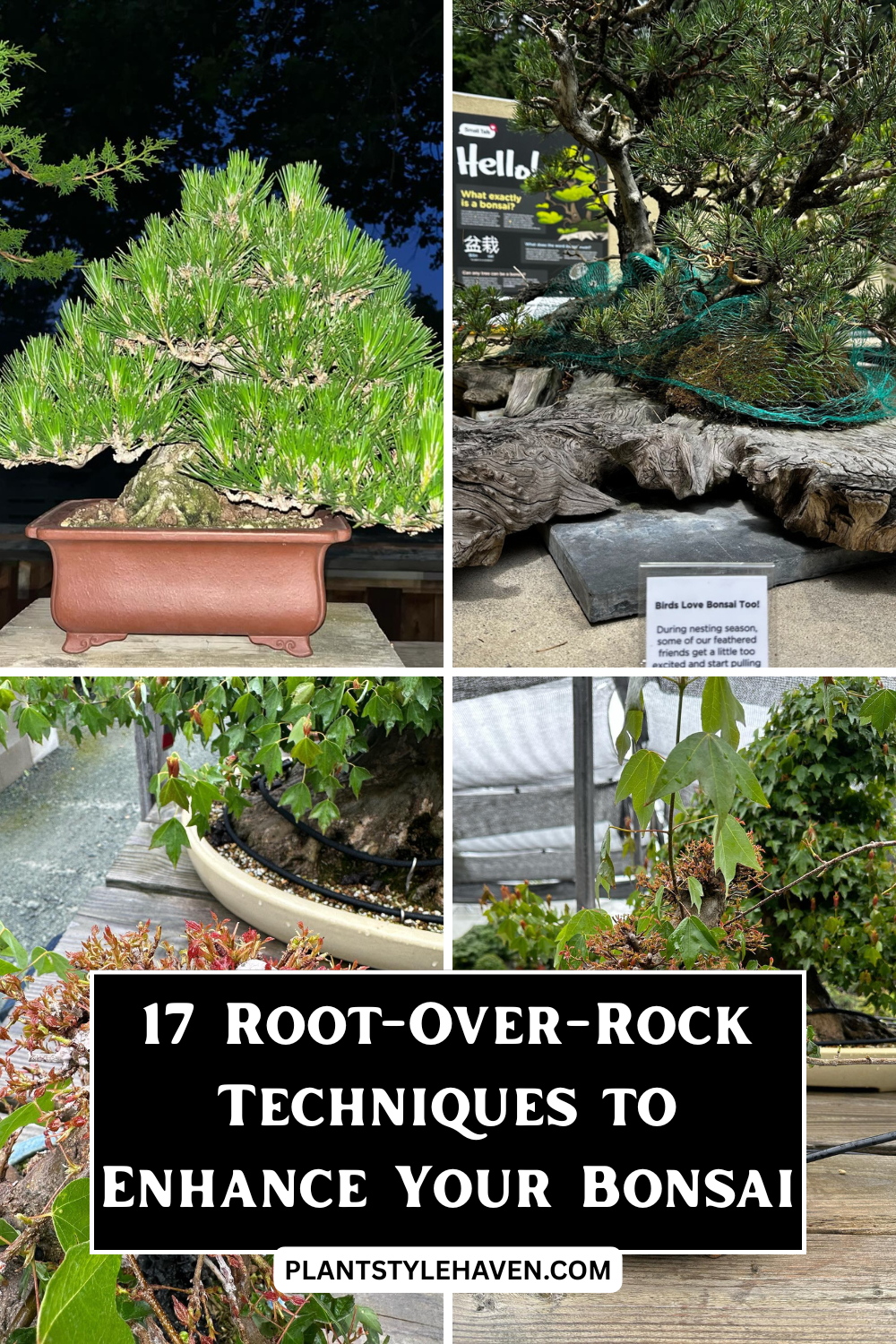Have you ever marveled at a bonsai tree perched elegantly over a rock, its roots gripping the stone in a delicate but powerful embrace? This captivating art form, known as "Root-over-rock," transforms humble plants into stunning works of art. Originating in ancient China and Japan, this technique is a testament to nature's resilience and beauty. Whether you're a seasoned bonsai enthusiast or a curious beginner, these techniques offer a creative way to enhance your bonsai collection. Discover how to bring your bonsai visions to life and add an unforgettable touch to your green space.
1. Choosing the Right Tree Species

Selecting the appropriate tree species is crucial for successful root-over-rock techniques. Opt for hardy species like Japanese maples, ficus, or junipers, which adapt well to rock environments. These trees' robust root systems thrive when exposed and are ideal for gripping rocks. Visit a local bonsai nursery to explore different species and seek expert advice on the best choice for your climate. Remember, the right species will set the foundation for a thriving and visually stunning bonsai masterpiece.
2. Picking the Perfect Rock

The rock you choose is just as important as the tree. Look for a rock with interesting textures, crevices, and colors that complement your tree species. The rock should have enough surface area for the roots to grip and grow. Visit a garden center or collect rocks from natural settings, ensuring they are free of harmful chemicals or pollutants. The right rock will enhance the visual appeal and stability of your bonsai creation.
3. Preparing the Roots

Before placing your bonsai on a rock, prepare its roots by carefully pruning them. Use sharp, clean pruning shears to trim away excess roots, leaving only those necessary for anchoring and nourishment. This step encourages new growth and makes it easier for roots to cling to the rock. Be gentle to avoid damaging the tree, and consider soaking the roots in water to increase their flexibility and pliability for positioning.
4. Positioning the Tree

Positioning your tree on the rock is an intricate process. Secure the tree by wrapping soft wire around the trunk and anchoring it to the rock. Adjust the tree's position until you're satisfied with its appearance. Ensure that the roots are spread evenly over the rock's surface, allowing them to grow naturally into crevices. This careful arrangement will create a harmonious and stable bonsai composition.
5. Securing the Roots
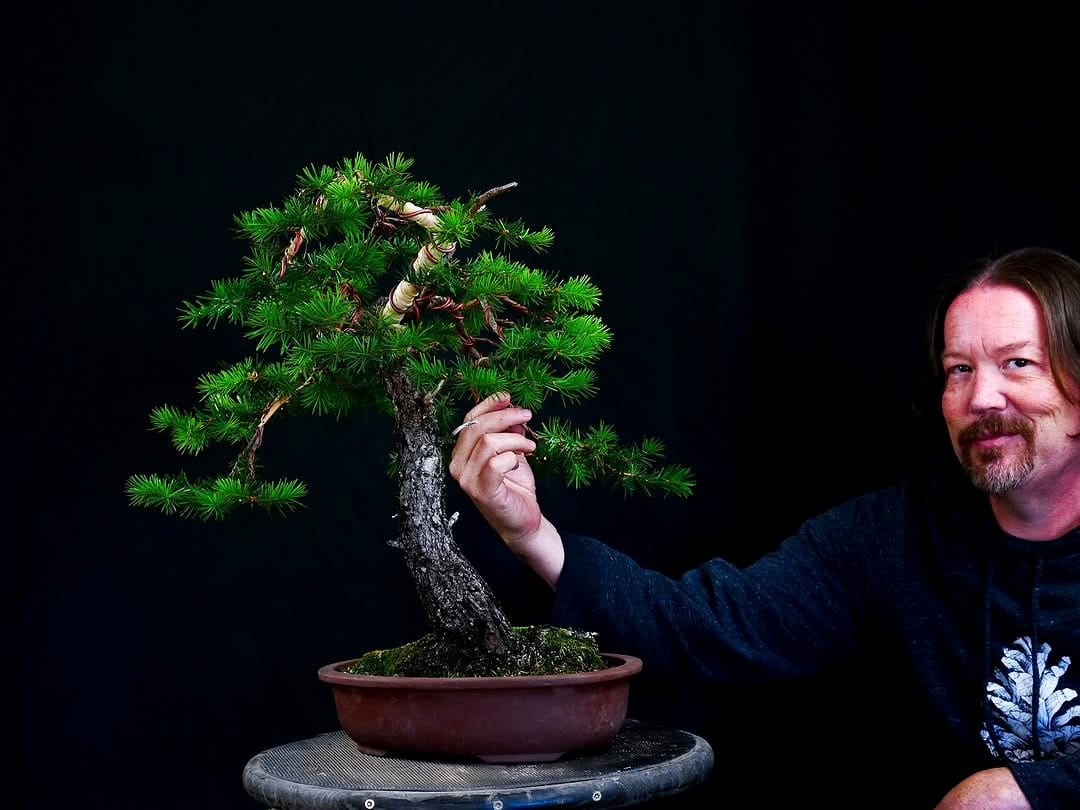
Secure the roots using raffia or soft wire, gently binding them to the rock. This helps train the roots to grow in the desired direction. Be cautious not to damage the roots or impede their growth. Over time, the roots will adapt to the rock's form, creating a natural and seamless integration. This step is vital for the long-term success of your root-over-rock bonsai.
6. Soil Mixture for Root Support

The right soil mixture provides essential support and nutrients for your bonsai's roots. Use a well-draining mix of akadama, pumice, and lava rock. This blend promotes healthy root growth while preventing waterlogging. Plant the tree and rock ensemble in a pot, ensuring the roots are covered with soil to encourage anchoring. Regularly check the soil's moisture levels to maintain an optimal environment for your bonsai.
7. Watering Techniques

Proper watering is crucial for a thriving root-over-rock bonsai. Use a watering can with a fine rose to gently water the soil and exposed roots. Ensure the soil remains moist without becoming waterlogged. During hot months, increase watering frequency. In colder climates, reduce watering but avoid letting the soil dry out completely. Consistent watering practices will ensure your bonsai remains healthy and vibrant.
8. Fertilizing for Growth
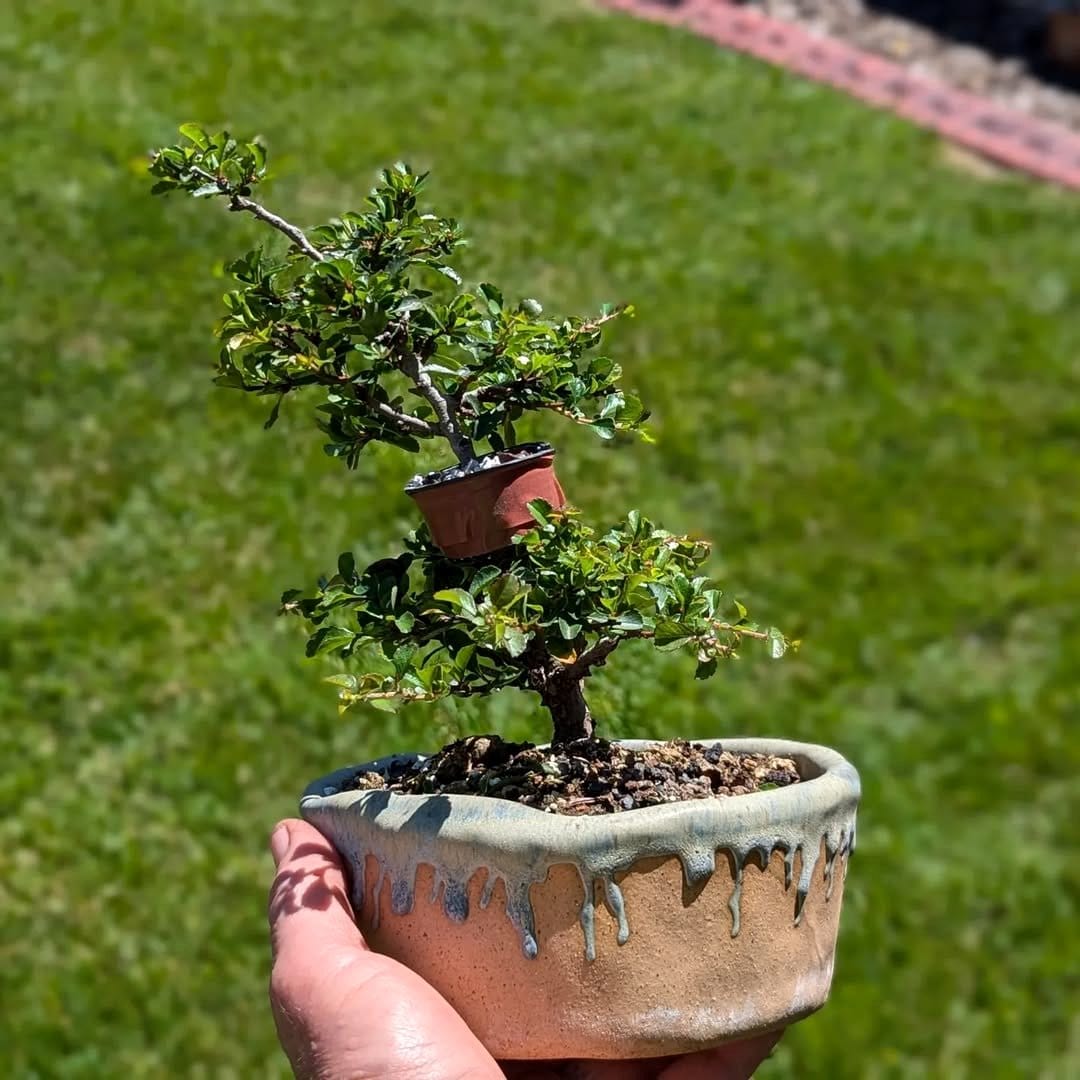
Fertilizing your bonsai is essential for promoting growth and root development. Use a balanced, slow-release bonsai fertilizer, applying it according to the manufacturer's instructions. Fertilize during the growing season, typically from spring to autumn. Avoid over-fertilizing, as this can damage the roots and tree. A well-fed bonsai will display lush foliage and strong root growth, enhancing its overall appearance.
9. Pruning for Aesthetics
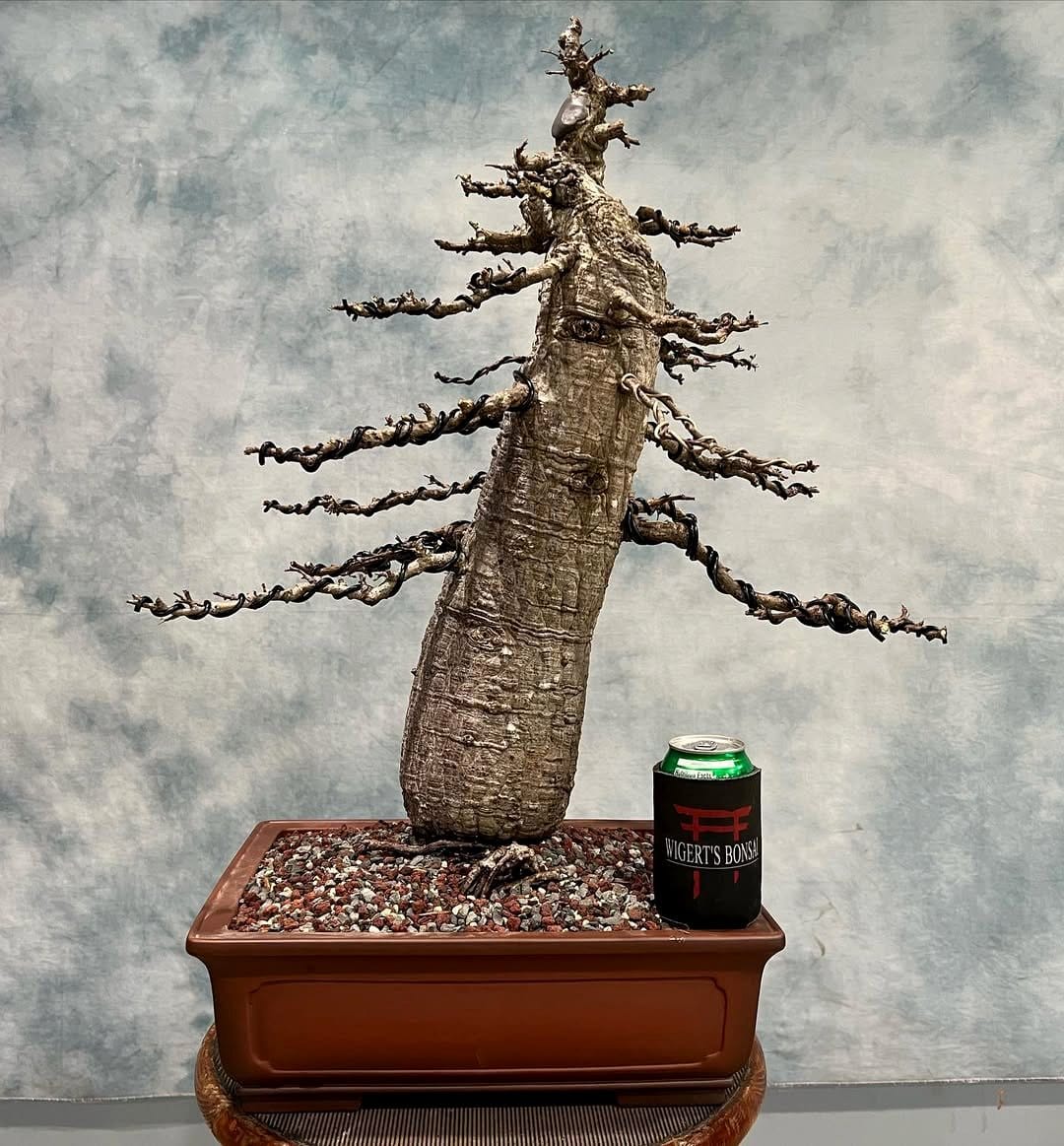
Regular pruning maintains the shape and health of your bonsai. Use bonsai scissors to trim unwanted branches and leaves. Focus on maintaining a balanced canopy and encouraging new growth. Regularly check for pests or diseases and remove any affected areas. Pruning not only enhances the tree’s aesthetics but also promotes healthier growth patterns.
10. Training with Wire
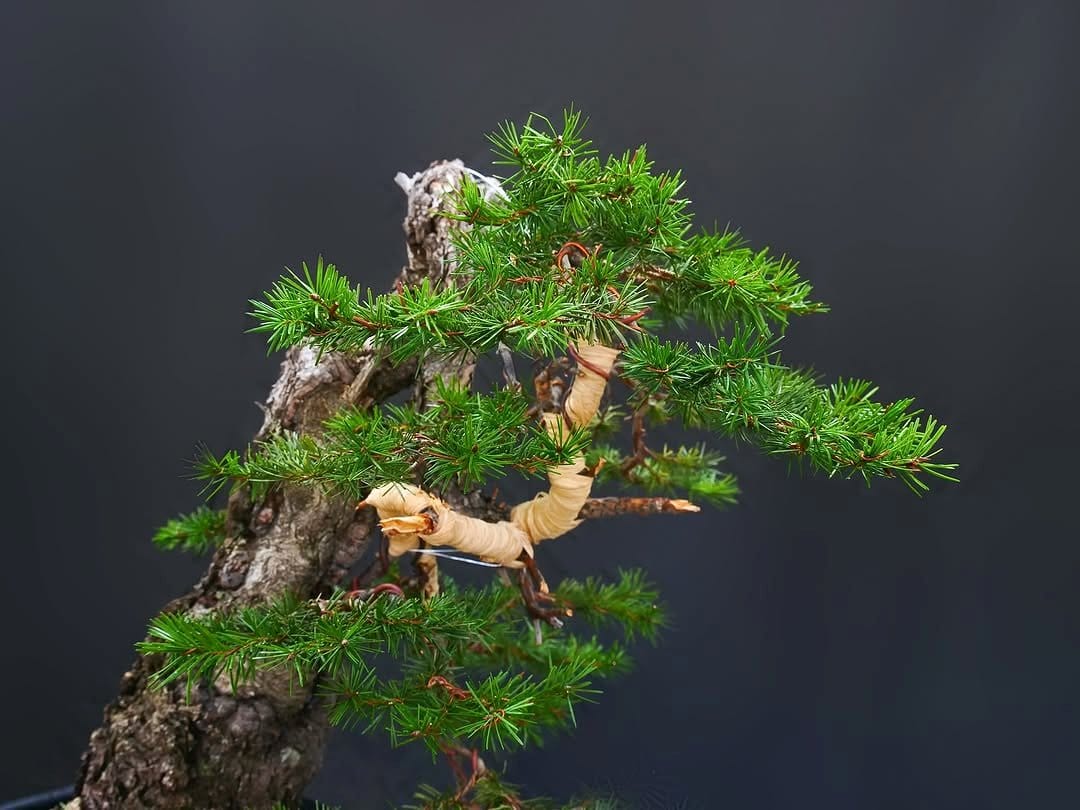
Wiring is a technique used to shape your bonsai. Carefully wrap aluminum or copper wire around branches to guide their growth. Bend the branches gently into the desired position, being careful not to damage the bark. Leave the wire on for a few months, checking regularly for tightness. This technique allows you to create dynamic shapes, adding to the visual interest of your bonsai.
11. Seasonal Care Tips
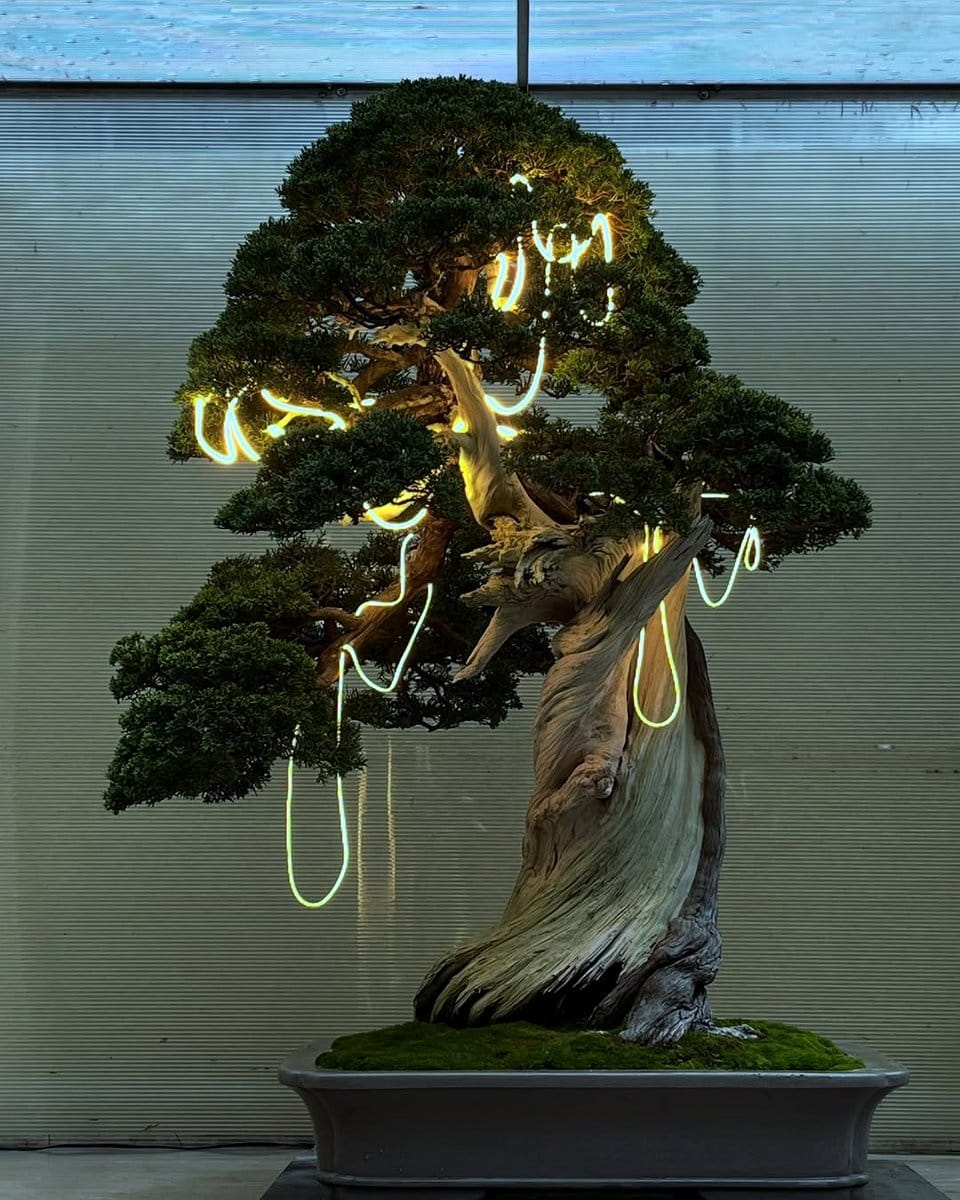
Each season brings unique challenges and opportunities for bonsai care. In spring, focus on repotting and fertilizing. Summer requires vigilant watering and pest control. In autumn, reduce watering and prepare for dormancy. Winter care involves protecting your bonsai from cold temperatures. Understanding these seasonal requirements will help your root-over-rock bonsai thrive throughout the year.
12. Displaying Your Bonsai
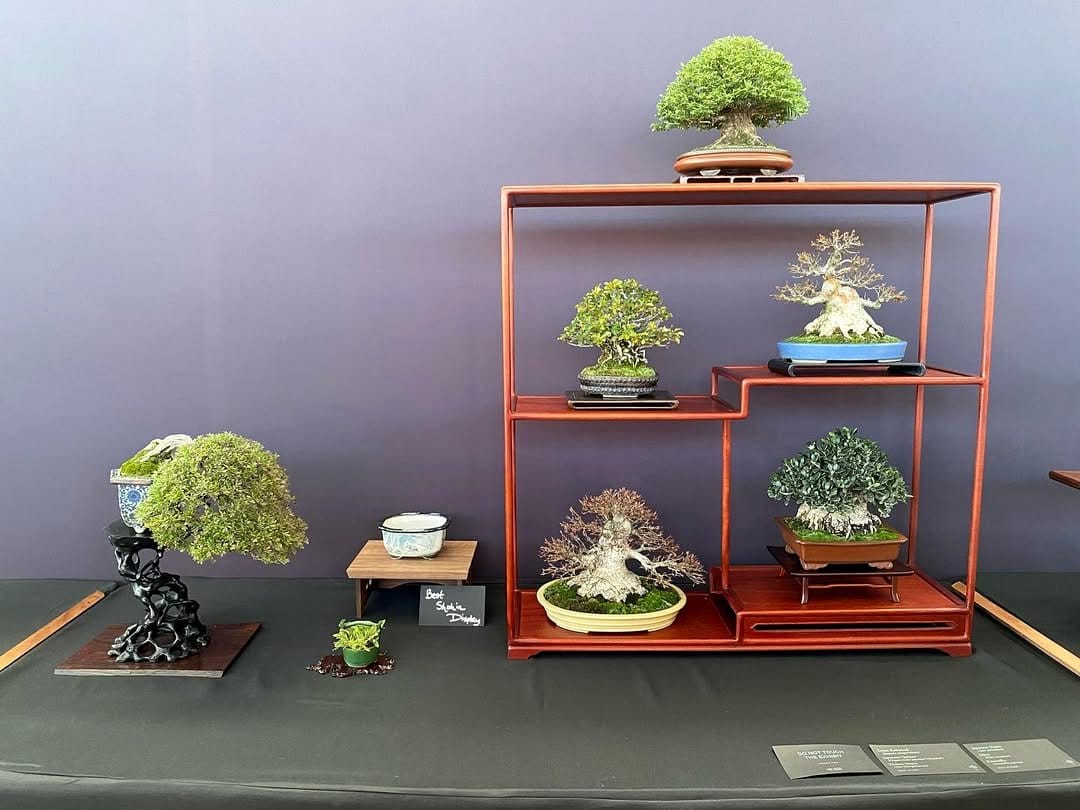
Showcasing your bonsai requires careful consideration. Choose a display area with adequate light and airflow, avoiding direct sunlight. Use stands or shelves to elevate your bonsai, highlighting its beauty. Ensure the surrounding environment complements the bonsai's aesthetic. Regularly rotate the tree to promote even growth and prevent leaning. A well-displayed bonsai becomes a focal point in any space.
13. Understanding Bonsai Styles
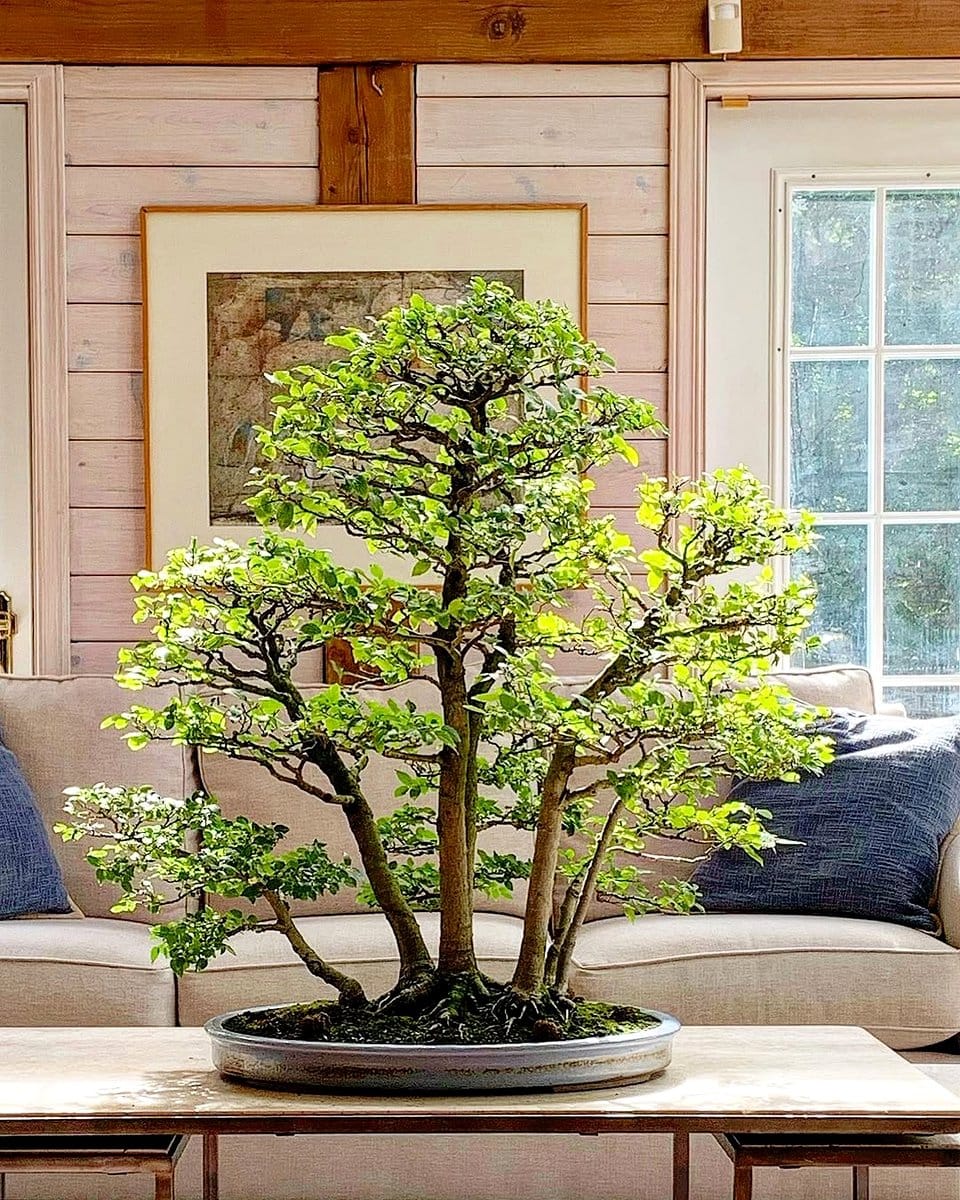
Familiarize yourself with different bonsai styles to inspire your root-over-rock creation. Styles like formal upright, informal upright, and slanting offer diverse options for artistic expression. Each style has unique characteristics that influence the tree's form and presentation. Exploring these styles will help you develop a deeper appreciation for bonsai art and refine your techniques.
14. Addressing Common Challenges

Encountering challenges is part of the bonsai journey. Common issues include pests, diseases, and nutrient deficiencies. Monitor your bonsai regularly for signs of stress, such as yellowing leaves or stunted growth. Address problems promptly using natural remedies or consulting a bonsai expert. Overcoming these challenges will enhance your skills and ensure your bonsai remains healthy and beautiful.
15. Learning from Bonsai Masters

Attending workshops or connecting with experienced bonsai artists can greatly enhance your skills. Learn from seasoned bonsai masters who can offer valuable insights and techniques. Participate in local bonsai clubs or online communities to share experiences and gain feedback. Engaging with the bonsai community will inspire you and provide opportunities for growth and learning.
16. Documenting Your Bonsai Journey

Keeping a bonsai journal allows you to track your progress and document your journey. Record observations, care routines, and changes in your bonsai's appearance. Include sketches or photos to visualize growth and transformation over time. This practice not only aids in refining your techniques but also creates a personal memento of your bonsai experience.
17. Experimenting with Creativity

Root-over-rock techniques offer endless creative possibilities. Experiment with different tree species, rock shapes, and designs to create unique compositions. Let your imagination run wild, and don't be afraid to try new approaches. Each experiment adds to your understanding and appreciation of bonsai art. Embrace creativity to develop a bonsai that reflects your personal style and artistic vision.
Final Thoughts
Root-over-rock techniques are a captivating way to express your creativity and connect with nature. With patience and dedication, you can transform simple trees and rocks into breathtaking bonsai masterpieces. Whether you're just starting or refining your skills, these techniques offer endless opportunities for artistic exploration. Remember, the journey is as rewarding as the final creation. Embrace the process, learn from each experience, and let your bonsai art thrive. Now, it's time to gather your tools, get your hands dirty, and start your root-over-rock adventure!
